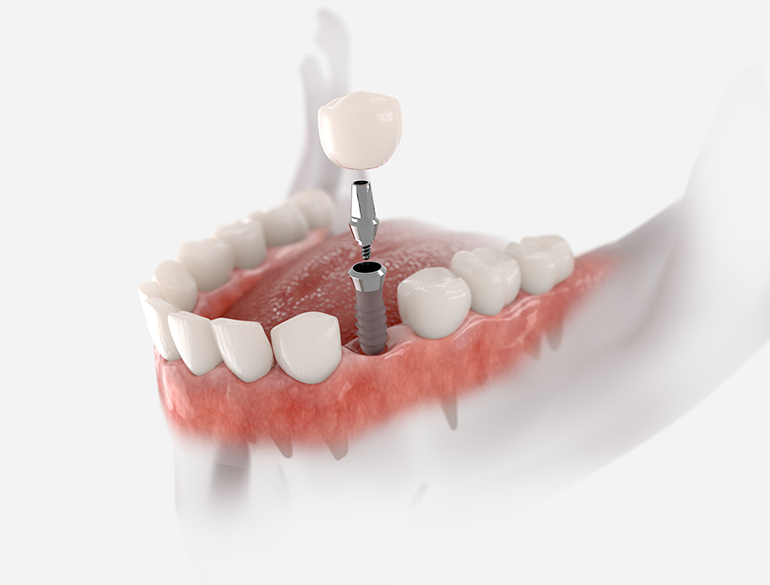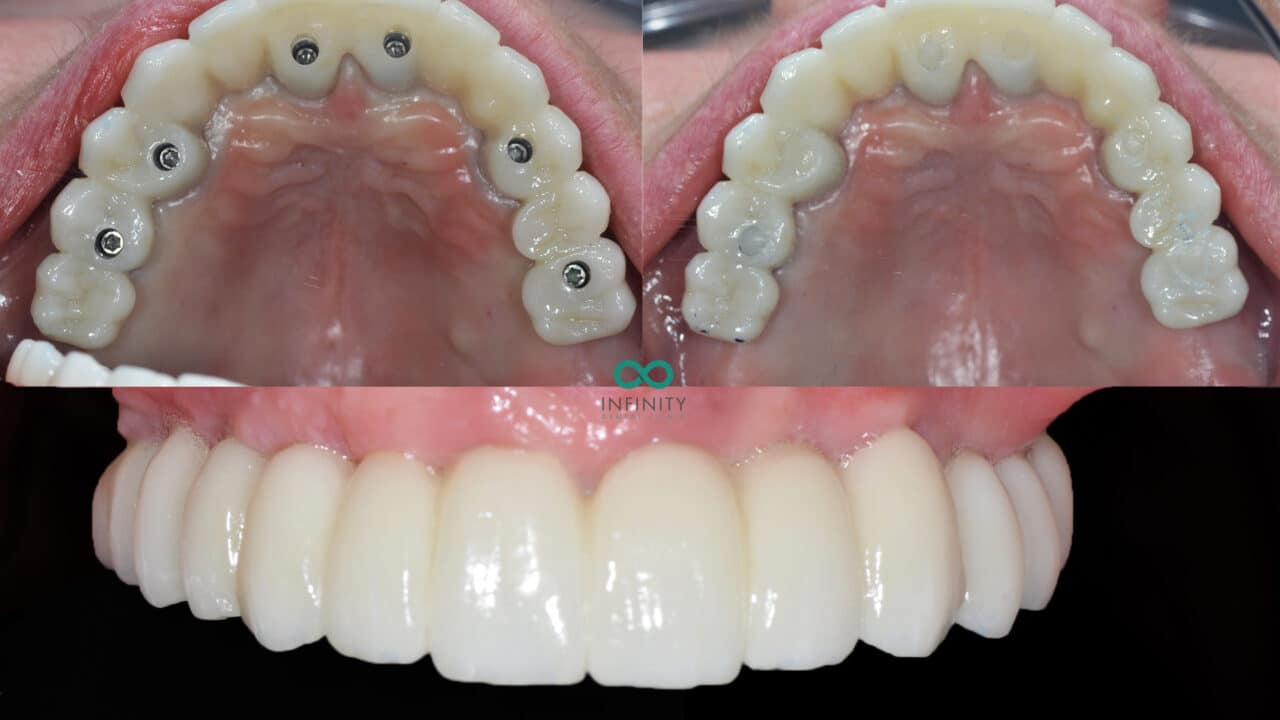The smart Trick of Dental Sense That Nobody is Talking About
The smart Trick of Dental Sense That Nobody is Talking About
Blog Article
The Ultimate Guide To Dental Sense
Table of ContentsDental Sense - Questions10 Simple Techniques For Dental SenseThe 2-Minute Rule for Dental SenseGetting My Dental Sense To Work
are clinical gadgets operatively implanted right into the jaw to bring back a person's capacity to chew or their look. They supply assistance for man-made (phony) teeth, such as crowns, bridges, or dentures. When a tooth is lost because of injury or condition, a person can experience issues such as fast bone loss, defective speech, or adjustments to chewing patterns that result in pain.Dental implant systems contain an oral implant body and dental implant abutment and might additionally consist of an abutment fixation screw. Dental veneers cost. The dental implant body is operatively placed in the jawbone in area of the tooth's origin. The oral implant abutment is typically affixed to the implant body by the joint addiction screw and prolongs via gum tissues right into the mouth to sustain the attached synthetic teeth
(https://linktr.ee/dentalsense1)Framework of The Dental Implant System choosing dental implants, speak with your oral service provider about the potential advantages and dangers, and whether you are a candidate for the procedure. Points to consider: Your general wellness is a vital consider figuring out whether you are a great prospect for dental implants, the length of time it will take to recover, and how much time the dental implant might remain in place.
Smoking may affect the healing process and decrease the long-term success of the dental implant. The recovery procedure for the dental implant body may take several months or longer, during which time you normally have a momentary abutment instead of the tooth. the oral implant treatment: Carefully follow the oral health guidelines offered to you by your dental provider.
All about Dental Sense
Implant failure can cause the need for another operation to take care of or replace the implant system. Brings back the ability to eat Brings back aesthetic look Aids maintain the jawbone from diminishing because of bone loss Maintains the wellness of the surrounding bone and periodontals Aids maintain surrounding (close-by) teeth stable Improves quality of life Damages to surrounding natural teeth during dental implant placement Injury to the surrounding cells throughout surgical treatment, such as sinus opening Injury throughout surgical procedure (for instance, crack of surrounding jawbone) Inadequate function, such as seeming like the teeth do not attack together usually A feeling that the tooth hangs or twisting in position resulting from a joint screw loosening Implant body failing (looseness of the dental implant body) as a result of systemic infection, which might be most likely in clients with uncontrolled diabetes mellitus due to local infection in bone and gum tissues supporting the dental implant body because of postponed recovery, which may be more probable in clients who smoke Difficulty cleansing the gum tissues around the dental implant, causing poor dental health Neglected periodontal condition Post-surgical feeling numb as a result of nerve impingement or damages Always notify healthcare providers and imaging technicians that you have oral implants prior to any kind of magnetic resonance imaging (MRI) or x-ray procedures.
FDA is not mindful of any type of damaging occasions reported for MRI or x-ray procedures with oral implants. Dental implants systems are usually made from materials that comply with global agreement requirements of the International Company for Standardization (ISO) or ASTM International. These requirements have details of what makes a secure product.

An oral implant is a framework that replaces a missing tooth. With screw-like devices, the cosmetic surgeon inserts an implant into the jawbone, and it functions as an anchor for an artificial tooth, called a crown. A device called a joint links the synthetic tooth to the dental implant. The crown is custom-made to fit the person's mouth and match the color of their teeth.
Facts About Dental Sense Revealed
Some individuals are not qualified for dental implant surgical procedure. It is for dental surgeons to run on people with: severe illnessuncontrollable metabolic diseasebone or soft tissue condition or infectionIf these problems are dealt with, a person can have the surgical treatment. In, oral surgeons avoid running on people with: If individuals with any of the above undergo oral implant surgery, there is a higher danger of the dental implant failing.

Oral implant surgical treatment is a tailored process. It's not the exact same for everyone. The complying with provides a basic introduction of what you can anticipate your dental professional, dental specialist, periodontist or prosthodontist to do: Position the implant operatively. Provide you time to recover. Connect the post and last crown, bridge or denture.
Next off, your specialist will thoroughly position the dental implant right into your jaw. Finally, your cosmetic surgeon will reposition your gums and close the laceration with stitches. If your implant is near the front of your mouth, your dental practitioner will certainly make a short-term tooth for you to wear up until you recover. That means, you won't have a void in your smile while you recuperate.
All About Dental Sense
Your service provider can inform you what to anticipate in your scenario. Throughout the healing phase, your jawbone needs to fuse to the oral implant. This process, called osseointegration, is vital for stability and long-lasting success. This procedure can take anywhere from three to nine months. In some instances, it might take longer.
Once your implant heals, your dental practitioner can connect the joint (tiny port blog post) and your last repair (crown, bridge or denture). This typically takes regarding one hour to finish and may call for a 2nd minor surgery. You shouldn't feel any type of discomfort during your dental implant procedure due to the fact that your provider will use drug to numb your periodontals.
Report this page